detail profile s c5 8dji shibata
Peran Yang Di Mainkan Sōji Shibata
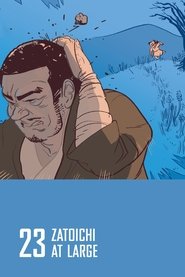 Blind masseur and master swordsman Zatoichi...
Blind masseur and master swordsman Zatoichi...Zatoichi at Large 1972
Blind masseur and master swordsman Zatoichi finds a robbed and fatally wounded pregnant woman, whose baby he delivers before she dies. He takes the baby in search of its father and finds the child's aunt, who is about to be forced into prostitution for want of a payment the dead mother was bringing. Zatoichi determines to save the woman from her cruel fate.
 About 1786 the doings of a demented...
About 1786 the doings of a demented...The Curse of the Ghost 1969
About 1786 the doings of a demented lord results in many masterless samurai, including Iyemon (Kei Sato) who is used to luxury and cannot adjust to the hand-to-mouth conditions & piecework of umbrella making. Having hired ruffians to make him look like a superior swordsman, he arranges for himself the opportunity of a profitable marriage. He hires the half-blind masseur Takuetsu (Sawamura Sounosuke) to seduce or rape his wife (Kyoko Mikage), so that she can be divorced or killed for adultery. But the masseur takes pity & informs Oiwa of her husband's horrid plot. Assisted by the merchant's daughter he intends to marry, Iyemon disfigures his wife attempting to poison her so he can marry higher. There's a lovingly gruesome sequence as she combs blad patches into her hair, kneeling deformed at her mirror, weeping with bitterness. She eventually cuts her own throat, swearing revenge.
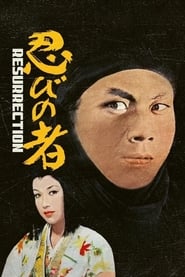 Period covered 15951600 We last saw ninja...
Period covered 15951600 We last saw ninja...Shinobi no Mono 3: Resurrection 1963
[Period covered: 1595-1600] We last saw ninja Ishikawa Goemon, as he was about to be boiled alive. But a good ninja is both hard to find, and even harder to kill. With the help of the enigmatic Hattori Hanzo, Goemon lives to skulk another day, and sets his sights on bringing down the warlord who tried to turn him into soup – Toyotomi Hideyoshi. And as always, in the background, the suble hand of Tokugawa Ieyasu is pulling strings as he plots to rule all of Japan!
 Returning to the village where a...
Returning to the village where a...The Tale of Zatoichi Continues 1962
Returning to the village where a year before he had killed Hirate, a much-admired opponent, Zatoichi encounters another swordsman and former rival in love.
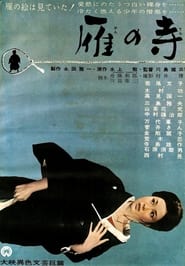 Satoko is a mistress by trade...
Satoko is a mistress by trade...The Temple of Wild Geese 1962
Satoko is a mistress by trade or fate: when her master, the silkscreen artist of the Kohoan Temple in Kyoto, dies, she is given to the temple's lascivious head priest Kikuchi. She is drawn to a melancholy young acolyte, Jinen, who has observed the profligacy of his cruel master and Satoko's utter dependence on the man. Jinen is both fascinated and disturbed by Satoko's interest in him; he is similarly caught between loathing of Kikuchi and of the dark circumstances of his birth and his own moral weakness. The story unfolds in a dreamlike manner—a flashback inspired by a now-infamous image on a silkscreen in the souvenir shop at the so-called Temple of the Wild Geese.
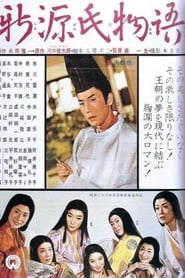 Hikaru Genji the haunted romantic hero...
Hikaru Genji the haunted romantic hero...The Radiant Prince 1961
Hikaru Genji, the haunted romantic hero of Lady Murasaki Shikibu’s “Genji Monogatari” (Tale of Genji) comes to life in this new tale of his further romantic adventures. Young Genji, the emperor’s illegitimate son cuts a swath through the women of the imperial court, while still mourning the spirit of his late mother who died while he was still a child. Driven to an obsession with the emperor’s new concubine, Lady Fujitsubo, whose resemblance to his late mother originally caught the eye of the emperor, young Genji embarks upon a reckless affair with her that could cost him his life.
 When the wife of a 17th...
When the wife of a 17th...The Crucified Lovers 1954
When the wife of a 17th century Kyoto scroll-maker is falsely accused of having an affair with his best employee, the pair flee the city and find themselves falling for one another.
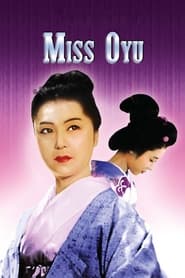 Shinnosuke is introduced to Shizu as...
Shinnosuke is introduced to Shizu as...Miss Oyu 1951
Shinnosuke is introduced to Shizu as a prospective marriage partner, but he falls in love with her widowed sister Oyu. Convention forbids Oyu to marry because she has to raise her son as the head of her husband's family. Oyu convinces Shinnosuke and Shizu to marry so that she can remain close to Shinnosuke.

 A former soldier reduced to working...
A former soldier reduced to working...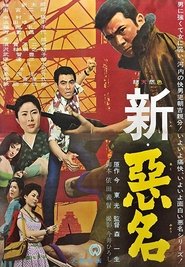
 Two amiable samurai wind up on...
Two amiable samurai wind up on... In one of Japans most frequentlytold...
In one of Japans most frequentlytold...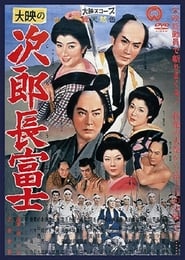 Legendary yakuza Shimizu Jirocho and his 28...
Legendary yakuza Shimizu Jirocho and his 28...
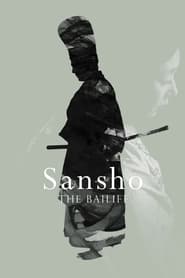 In medieval Japan a woman and...
In medieval Japan a woman and... Jewel thieves become interested in an...
Jewel thieves become interested in an...